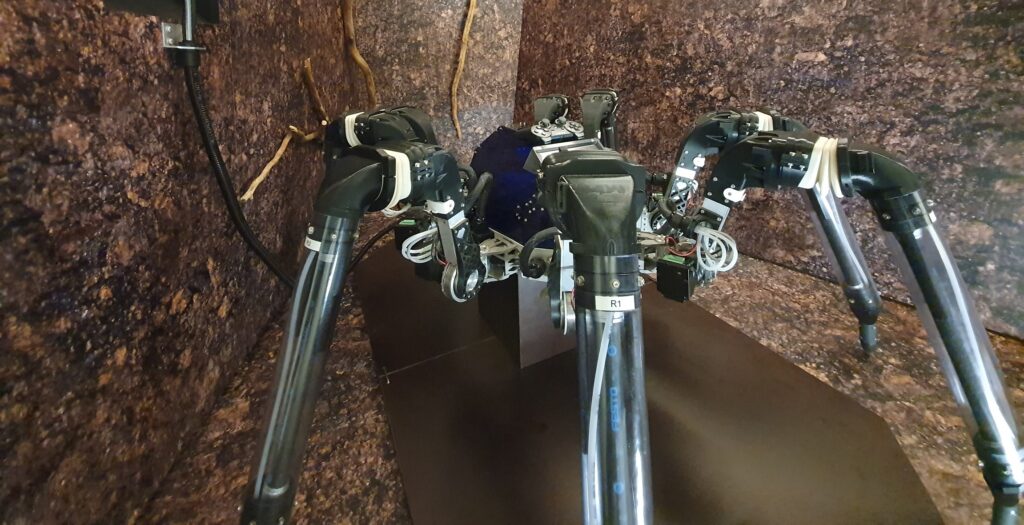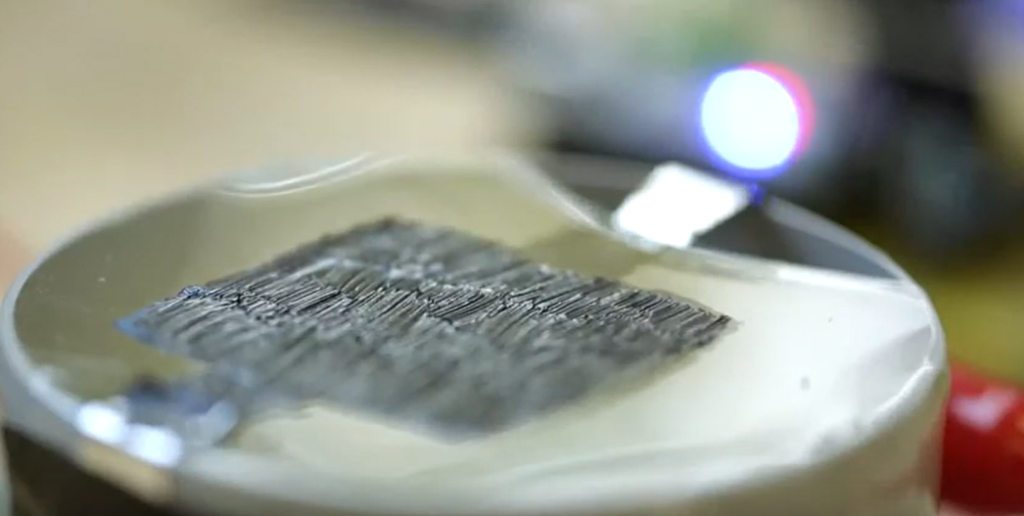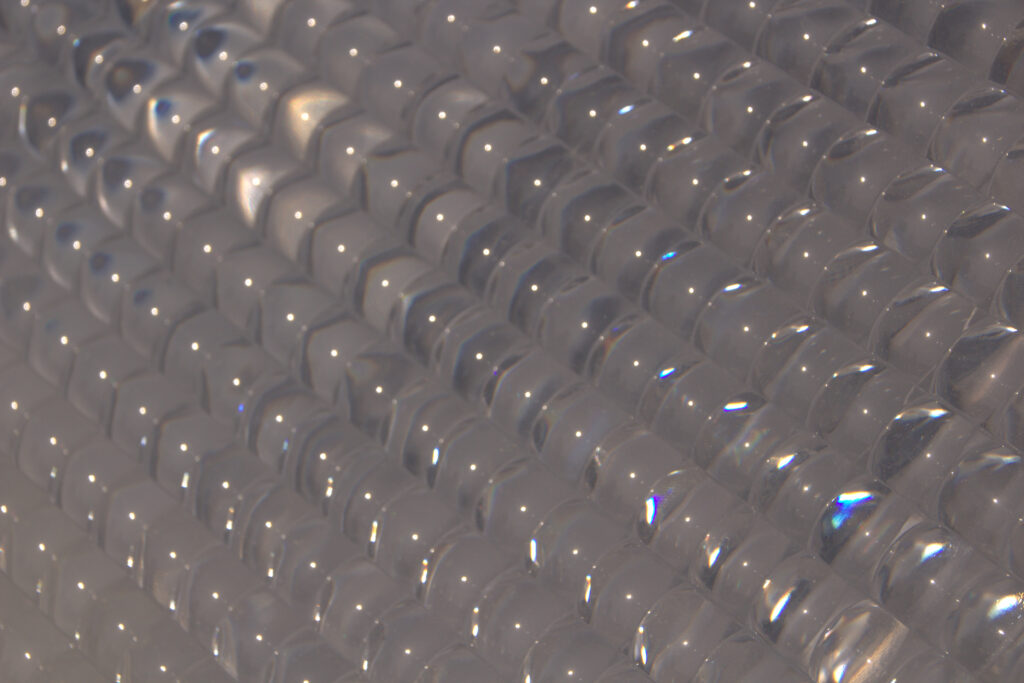Bionicum Research
The Bionicum has started with its own research projects. From 2014 to 2019, animal and plant motion mechanisms were explored and tested for more efficient human technology at the Friedrich Alexander University of Erlangen-Nuremberg and the Institute of Technology Nuremberg. The projects were supported by the Bavarian Ministry for Environment and the Nuremberg Zoo.
Research projects

As efficient as the spider – the OHM crawler
Spiders use both, muscles and hydraulics in their legs, as actuators. That principle combined with an intuitive programming is the model for the OHM-crawler, a walking robot with bionic joints in each of its eight legs. The OHM-crawler uses compressed air as a fluid. For the programming of the step sequences, the scientists had to take care to ensure that they resembled the biological model.
The prototype has now moved into a cave in the Bionicum – right next to its biological role model, the redknee tarantula.
→ YouTube: The Ohm-crwaler in action
Institute of Technology Georg Simon Ohm
Prof. Dr.-Ing. Rüdiger Hornfeck / Stefan Landkammer
Prof. Dr.-Ing. Peter Heß / Florian Winter
Muscles made of plastic instead of electric motors
Muscles are a great model to develop novel drives for robots. Robots have to become lighter and safer so that they can be used in direct human environments. Cutting-edge alternatives arise that are significantly more sustainable compared to conventional electric motors.
The project consisted of modeling of the muscles as well as designing and manufacturing.
→ YouTube: Artificial Muscles
Friedrich-Alexander-University Erlangen-Nuremberg
Prof. Dr. Sigrid Leyendecker / Tristan Schlögel
Prof. Dr. Ing. Jörg Franke / Sebastian Reitelshöfer / Max Landgraf


Capturing sunlight with BIOSOL
So far, sunlight has only been used technologically to generate electricity and heat. The direct use of light is the aim of the BIOSOL project. For this purpose,a liquid crystal elastomer (LCE) with light-sensitive additives which contract when irradiated was developed and extensively tested.
This bionic solution is not only applicable to the collector, but also opens up new possibilities to build light- or even heat-induced actuators.
→ YouTube: Capturing sunlight with BIOSOL
Institute of Technology Georg Simon Ohm
Prof. Dr. Hans Poisel / Philipp Dengler / Michael Lippenberger


